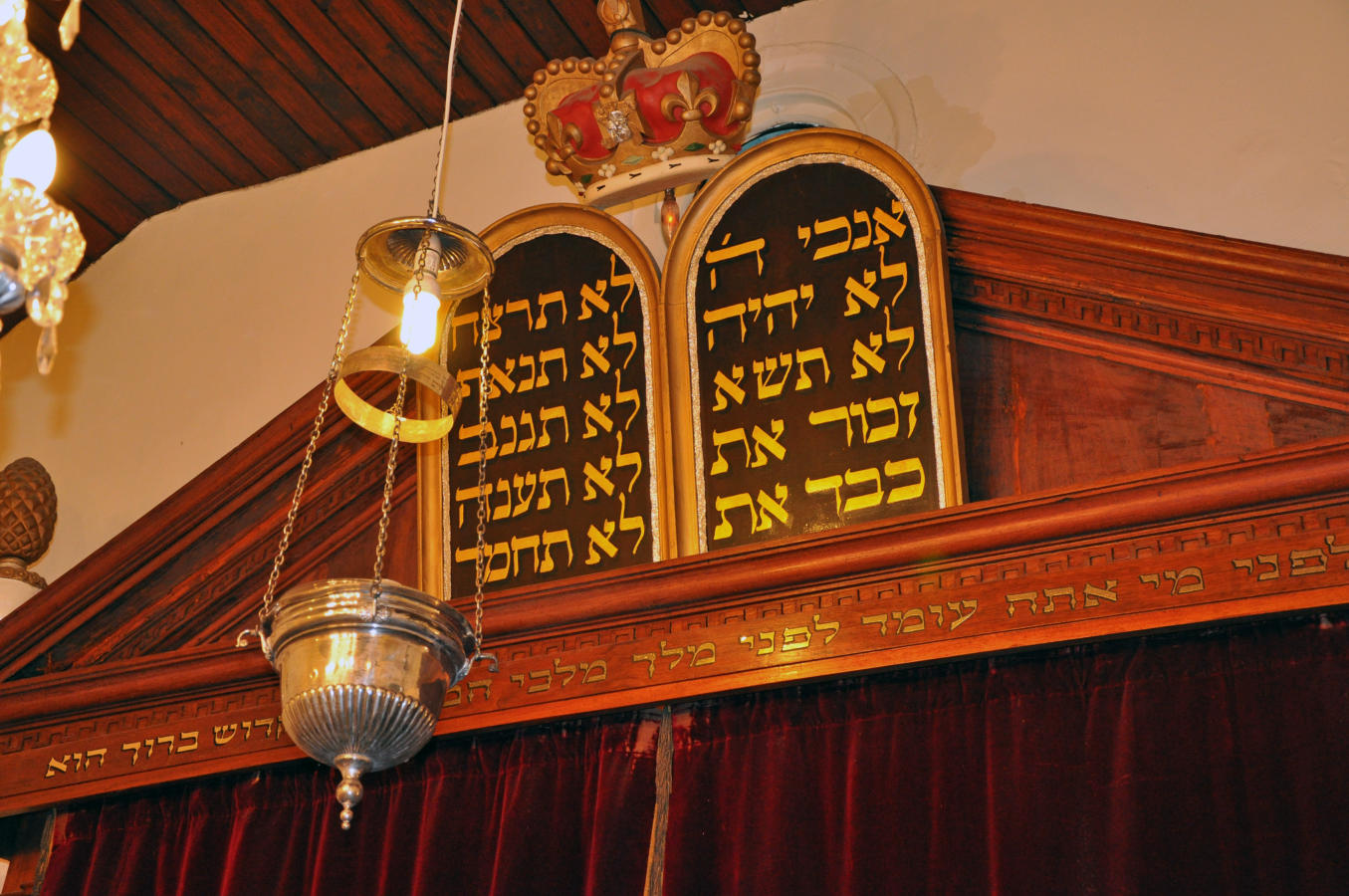Reference




OpenAI's Answer
Women's prayer rooms in synagogue designs have historically varied, dependent upon the specific traditions and architectural styles of the synagogues. Below are some key points on how these spaces have been typically integrated:
-
Separate Sections: Traditional Jewish synagogues commonly feature separate sections for men and women. This is often achieved by using a partition known as a mechitza. The mechitza can be a curtain, a lattice, or a solid wall that divides the praying area into two distinct sections (Wikipedia).

-
Balconies and Galleries: In many synagogues, especially those following traditional Eastern European styles, women’s sections are placed in balconies or galleries that overlook the main prayer area. This allows the women to participate in services without being in the same space as the men (My Jewish Learning).

-
Lighting and Accessibility: Historically, some women's sections were less well-lit and less accessible compared to the men’s sections. These areas were often described as being "shrouded in darkness," receiving only limited natural light (St. Louis Jewish Light).
-
Modern Adaptations: In contemporary synagogue architecture, especially in Reform and Conservative Jewish communities, gender separation is less rigid. Women may sit together with men, or within a designated but equally accessible and visible part of the synagogue (BBC Bitesize).

These layouts reflect both the religious requirements and cultural norms of the communities that built and used these synagogues.
Follow Up
Related
larger language model
do you have access into all sites
What are some notable examples of synagogues designed by American architects influenced by Polish wo
What are the specifications of the hydrographic survey ships listed?
What are the listing designations given to the Triumphal Arch and the Obelisk?